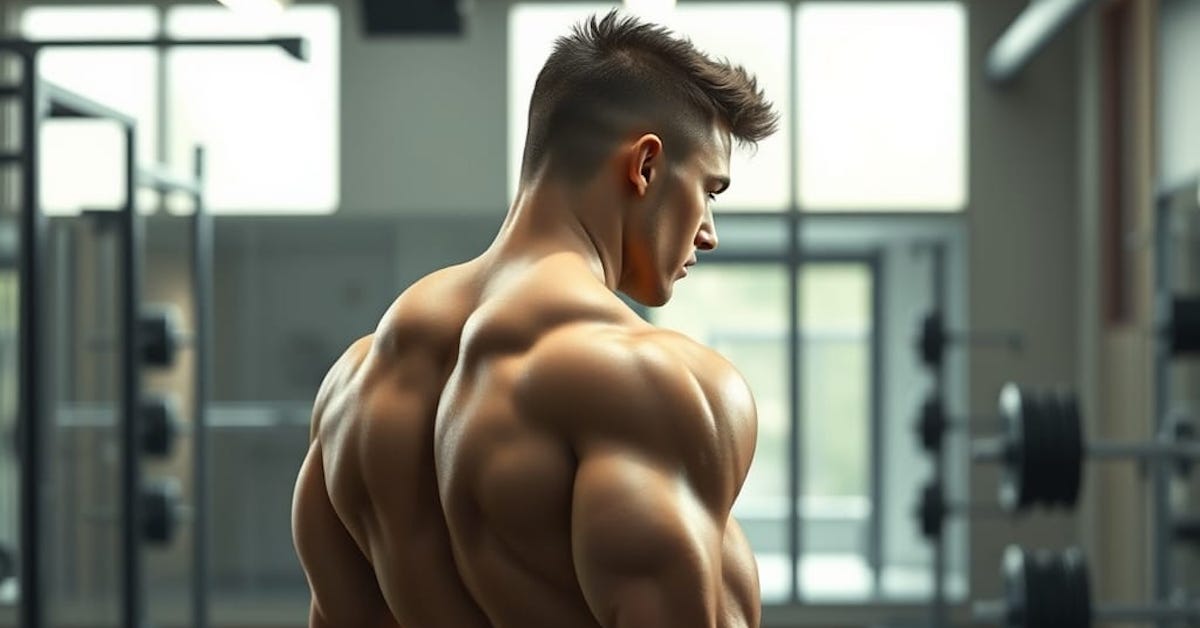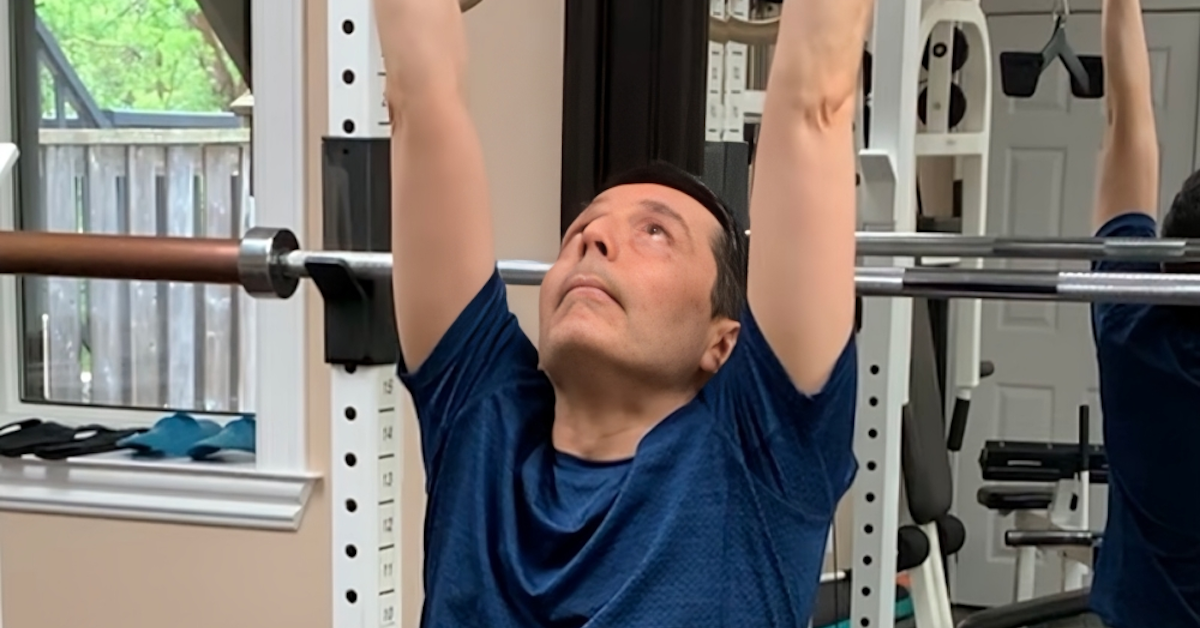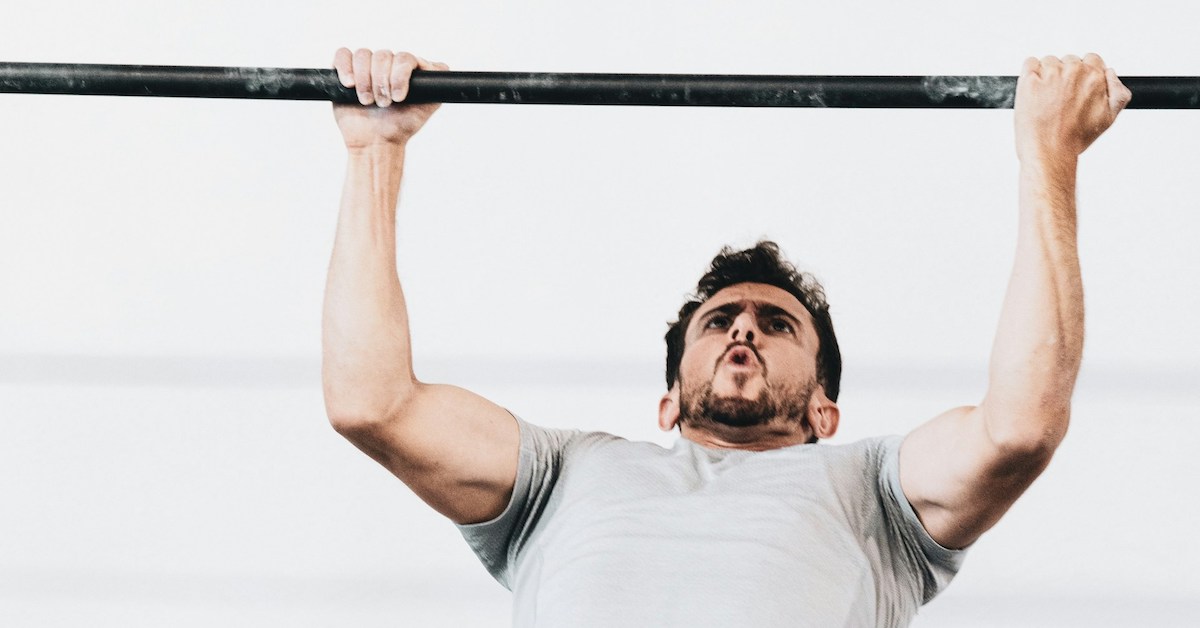Unilateral (one-side-at-a-time) training allows you to restore left-right symmetry that may have strayed with constant bilateral work. When training both sides at the same time, it’s not uncommon for the stronger side to do most of the work. That applies to any bilateral exercise, including seated calf raises. I’m sure you’ve done seated calf raises many times in the past, but how often have you done them one leg at a time?
Just a reminder, your calves are composed of two main muscles: the gastrocnemius and the soleus. The gastrocnemius is a biarticular muscle that crosses two joints: the ankle and the knee. Its primary action is plantarflexion of the ankle when the knee is extended, thus the gastrocnemius is heavily activated during a standing calf raise. The soleus, however, is a uniarticular muscle crossing only the ankle joint and has greater involvement during a seated calf raise where the knee is bent at a 90-degree angle.
Sure, one-leg calf raises are popular, but they’re often done standing not seated. That’s great for the gastrocnemius, but to promote muscle balance between the left and right soleus, try doing seated one-leg calf raises. Don’t go too heavy. Maintain a controlled tempo, and pause at the top and bottom of the movement.
To determine which side to start with first, check out Unilateral Training: Which Side First?

Target Your Rear Delts Like Never Before
If you’ve struggled to feel your rear delts working—or to fill in that rear delt gap—this variation of the bent-over

Leo’s Chin-Up Journey (Day 1): From Zero to Hero
Can’t Do a Chin-Up? Neither Could Leo… But That’s About to Change. Leo started training with me back in September.

Why Your Chin-Up Grip Could Be Hurting You
For years we’ve been told to avoid behind-the-neck pulldowns and pull-ups. And for good reason — they place a tremendous
follow
Error: No feed with the ID 2 found.
Please go to the Instagram Feed settings page to create a feed.
